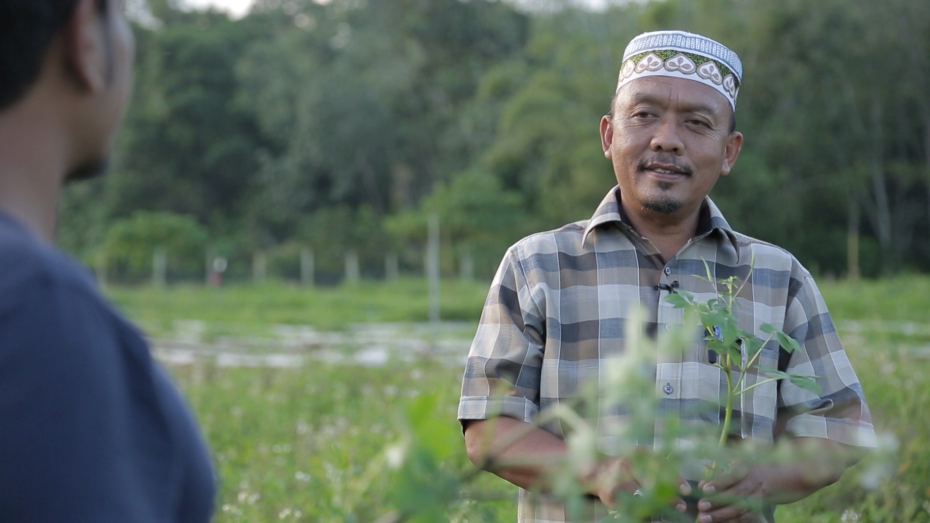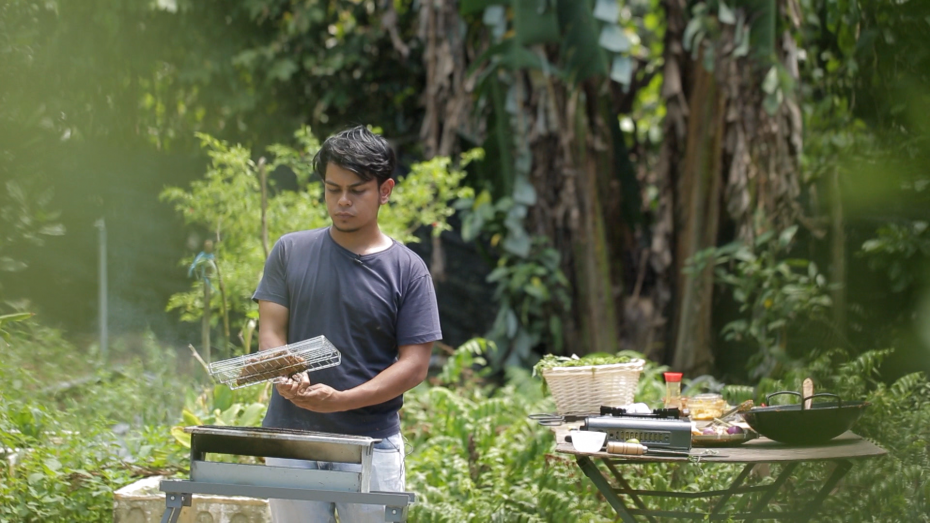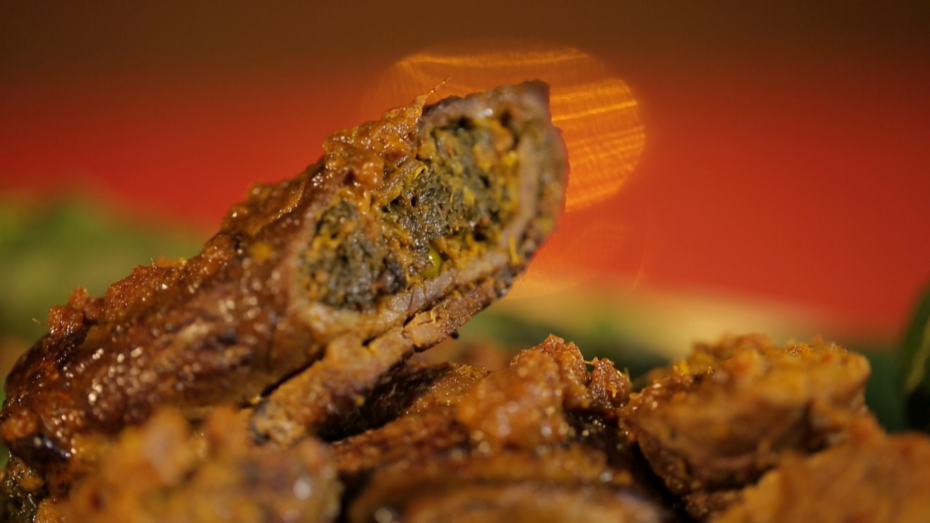By LIM MAY LEE
fb.com/thestarRAGE
WHO would’ve thought the horribly bitter maman leaves would turn into a national treasure?
Definitely not the people of Gemencheh in Negri Sembilan, when they first served up the leaves to their bitter (pun intended) rivals, the Joholians.
What was meant to be a nasty prank turned into a eureka moment when, instead of clutching their throats and gagging, the Joholians ended up loving the dish so much an entire war was averted.
We say a eureka moment because what the people of Gemencheh realised post-prank was that if cooked gently, maman leaves were delicious – especially in a lovely rendang, now a Negri Sembilan specialty.
“We’re the only ones who cook maman leaves in rendang,” said maman farmer Pahim Mahmud with no small amount of pride. “While maman is grown in other states like Pahang, Perak and Kuala Lumpur, they usually pickle it instead.”

Maman farmer Pahim Mahmud is on a mission to ensure maman leaves – and their rich cultural history – are never forgotten.
Food aside, maman plants reportedly also cure a whole host of ailments, from rheumatism to poor digestion, as attested by several websites and blogs.
But until recently, the maman plant seemed like it would remain a beloved dish to only a few communities – until Pahim decided to take matters into his own hands.
“I’ve been sharing the history of maman leaves with all my customers,” he said with a smile. “A story like this shouldn’t be forgotten; people find it so interesting, they are passing it on to others. Slowly, interest is increasing.”
To ensure the legend of maman leaves is not forgotten, the Star’s R.AGE team collaborated with chef and restaurateur Nurilkarim Razha in the food documentary The Local Kitchen to explore innovative ways to use maman.

Chef Nuril gave the traditional rendang maman a little twist, by turning it into a stir-fry and encasing it in beef rolls.
Nuril put his own spin on the traditional rendang, creating rendang maman beef rolls, accompanied by a “mysterious salad” (Nuril’s words) drizzled with ponzu dressing.
“I had never had rendang maman before and I loved it so much, I decided to give it a little twist!” he said with a laugh.

The traditional maman rendang is reincarnated as delicious rendang maman beef rolls, courtesy of Chef Nuril.
Pahim hopes The Local Kitchen feature will give maman its moment in the sun.
“I’ve been attending exhibitions like the Malaysian Agriculture, Horticulture and Agrotourism fair, where I had a booth and cooked over 300kgs of rendang maman,” he said.
Pahim’s efforts are paying off – during the last Raya season, he sold three tonnes of leaves, and even sold some seeds to people who wanted to grow their own maman.
“It’s great that people are buying the seeds,” he said enthusiastically. “It means that there will be more maman plants out there – and that means maman won’t be forgotten.”
Behind the scenes with Chef Nuril
What was your inspiration for this recipe?
N: Rendang maman is very important to the people of Gemencheh – so I decided to keep that but give it a little twist by turning it into a stir-fry. For the salad, I used a lot of things that I discovered on Pahim Mahmud’s farm that were familiar to the people of Gemencih. It’s important that some elements stay familiar to them, because I am creating these dishes for them to try as well!
Did you face any challenges while creating this dish?
N: Yes, definitely! When we adapted the dish, we turned the normally watery rendang into a stir-fry. Less water is a problem because of the strong bitter taste of the maman leaves. This was even more of a challenge because I have not worked with Maman leaves before and I made mistakes. We had to throw away the first batch and start again because the bitterness overpowered the dish.
What tips do you have for those who want to cook it at home?
N: We learned from Chinese consumers to blanch the leaves before using them in drier dishes to remove the bitterness. Those at home can use this technique as well. To blanch the maman leaves first you boil them in hot salted water for about a minute and then remove it. Then, you can either dunk it in ice water to preserve the freshness or just rinse it with tap water.
You can get most of the ingredients in Chow Kit, but if you cannot make the trip or cannot find some of the ingredients, then you can substitute maman leaves with pucuk ubi kayu and bayam duri. As for the salad, you can replace daun bebuas with daun periya pantai or pucuk asam.


Tell us what you think!